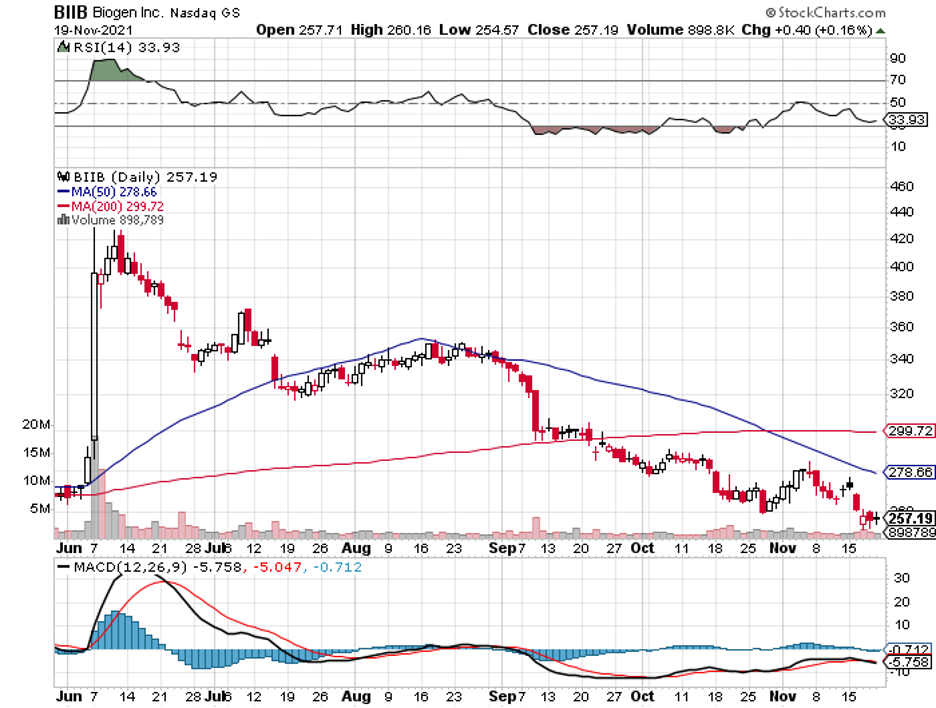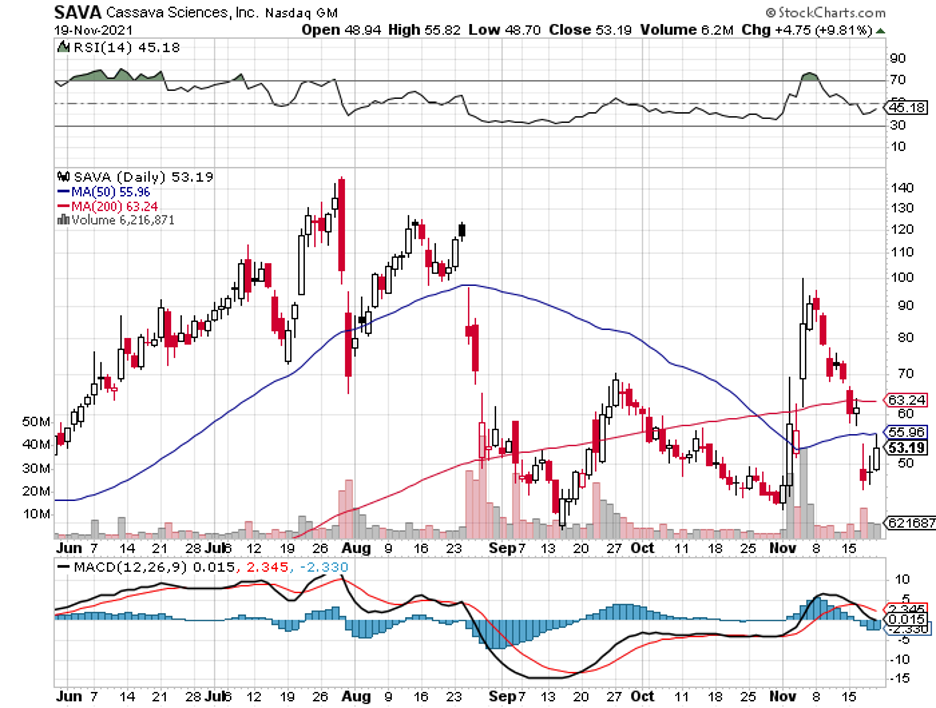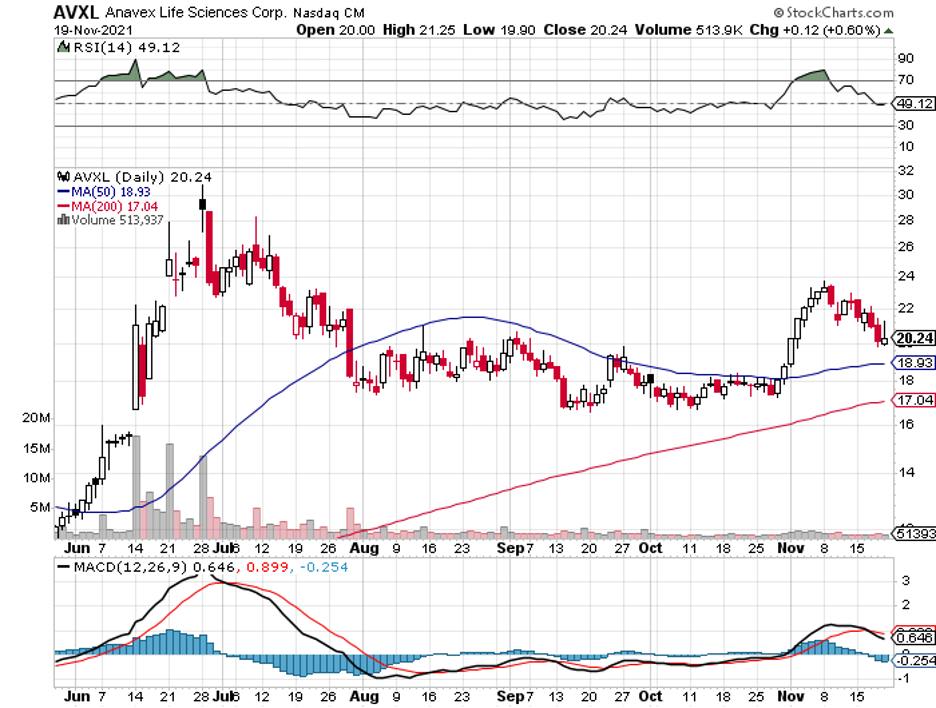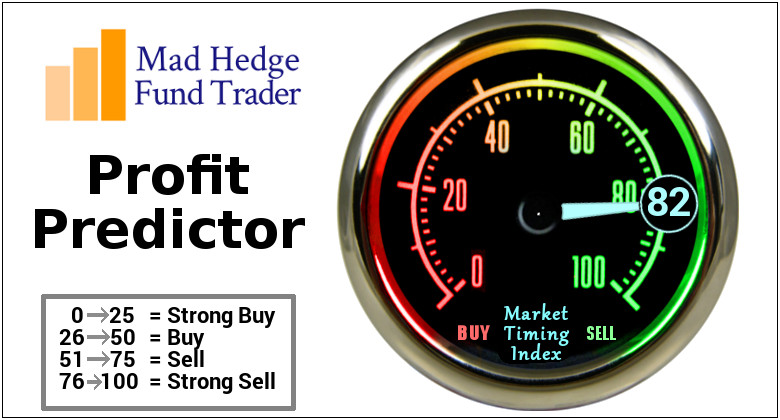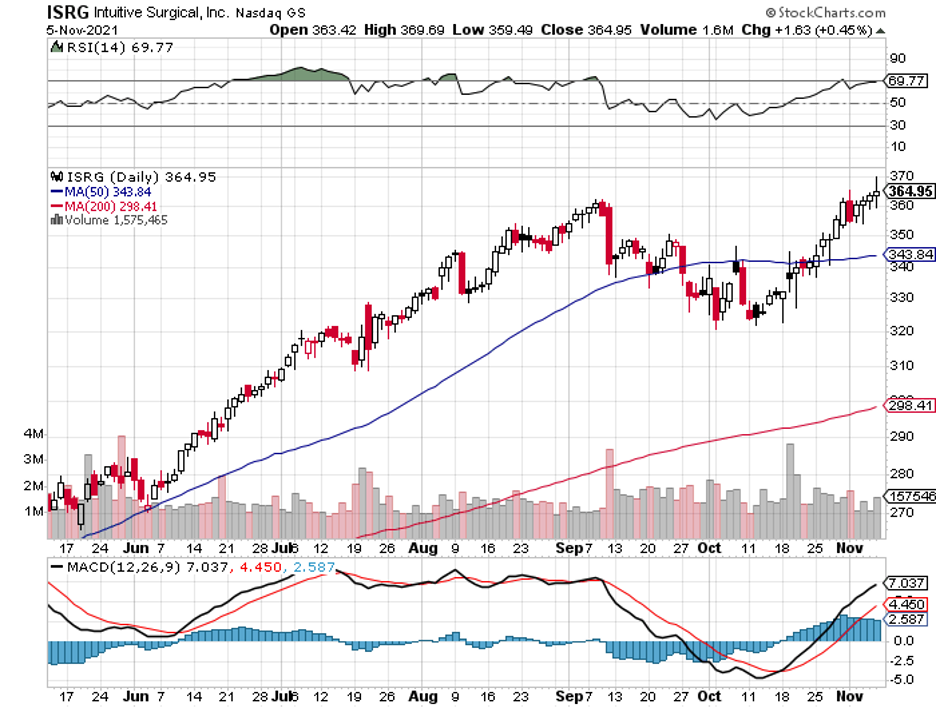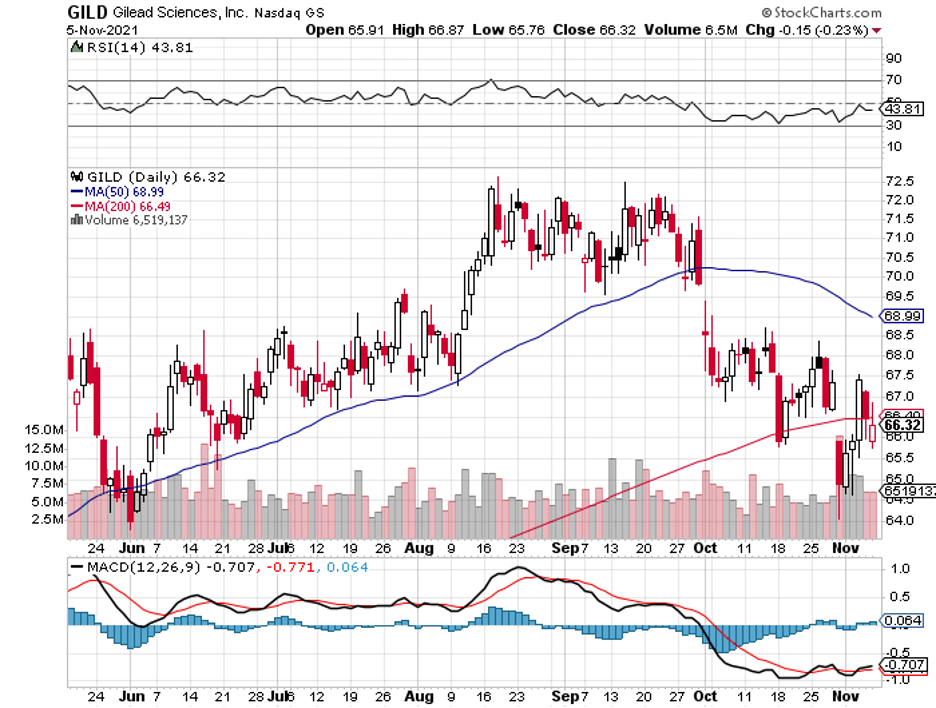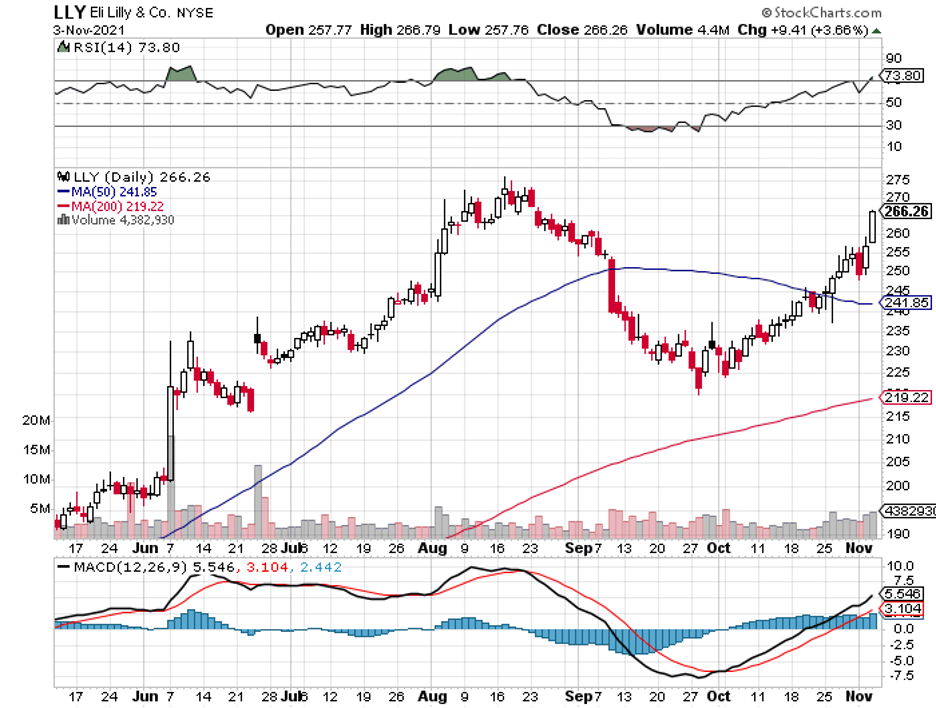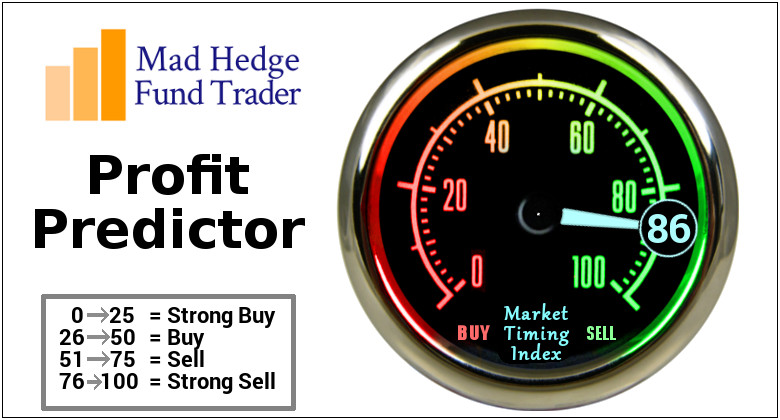Alzheimer’s disease is one of the most debilitating conditions not only for the patients, but also for their families.
This disease also comes with high costs at $290 billion in annual spending.
More alarmingly, over 6 million people are suffering from Alzheimer’s disease in the United States alone — and this number is expected to keep rising in the coming years.
The growing number of Alzheimer’s patients has resulted in an unmet need in the medical sector.
This demand was estimated to be worth $159 billion to $215 billion in 2010 and is expected to reach $379 billion to $500 billion by 2040.
Considering the burgeoning demand and the lucrative market, it comes as no surprise that several biotechnology and healthcare companies are focusing on coming up with treatments for Alzheimer’s disease.
So far, the most notable names on the list are Biogen (BIIB), Cassava Sciences (SAVA), and Anavex Life Sciences (AVXL).
In terms of market capitalization, Biogen is leaps and bounds away from the two with $37.78 billion. In comparison, Cassava Sciences has $2.13 billion while Anavex has $1.53 billion.
Hence, it’s incredibly tempting to simply declare Biogen as the runaway frontrunner in this contest.
The fact that the company’s Alzheimer’s disease treatment, Aduhelm, received an FDA approval obviously pushes it further ahead as well.
Meanwhile, its closest competitor Cassava Sciences’ Simufilam has yet to commence with its Phase 3 clinical trial.
However, it’s too soon to discount the competition.
Aside from Cassava Sciences’ work on an Alzheimer’s disease treatment, this smaller biotechnology company is also working on another potential blockbuster product that goes hand in hand with Simufilam: SavaDx.
Basically, SavaDx is developed as a blood-based diagnostic test targeting Alzheimer’s disease.
The goal of this product is pretty straightforward: to detect the disease long before its symptoms manifest.
This is a remarkable idea since it could offer potential patients the opportunity to aggressively seek treatment early on when the odds of achieving a successful intervention against Alzheimer’s disease are at their peak.
Long term, SavaDx could be instrumental in segmenting the patient population, which means medical professionals can develop more target-specific treatments to address the needs of every subpopulation more effectively.
Apart from Cassava Sciences, the emergence of Anavex Life Sciences in the neurological disorder space has been embraced by investors as well.
Anavex’s candidate, ANAVEX 2-73, doesn’t concentrate solely on Alzheimer’s disease.
It’s also developed as a potential treatment for Rett syndrome and Parkinson’s Disease Dementia (PDD).
While ANAVEX 2-73 has yet to gain regulatory approval, the positive results from the trials have boosted the company’s share price by 4-fold since 2020.
Considering the slowly crowding space of Alzheimer’s disease, Anavex’s move to pursue Rett Syndrome is an excellent strategy.
Rett Syndrome is a severe neurological condition that typically affects girls. Most cases are triggered by a gene mutation necessary for the development of brain nerves.
Thus far, the FDA has granted ANAVEX 2-73 with the fast track and orphan drug designation, particularly for its Rett Syndrome indication.
In terms of the market opportunity for Rett Syndrome, ANAVEX 2-73 could rake in $1 billion annually for this indication alone.
At the moment, there are roughly 11,000 Rett Syndrome patients in the US.
Given its status, ANAVEX 2-73’s pricing is expected to follow the same trend as the other rare disease drugs, like BioCryst Pharmaceuticals’ (BCRX) angioedema treatment Orladeyo which is priced at roughly $495,000 annually.
This puts ANAVEX 2-73 in the $500,000 range each year.
Overall, both Cassava Sciences and Anavex offer compelling cases that make them attractive alternatives for speculative investors looking elsewhere for an Alzheimer’s disease stock.
Meanwhile, buy-and-hold investors might still find Biogen more appealing long term because it has a more diverse pipeline and an approved (albeit controversial) product in Aduhelm.

